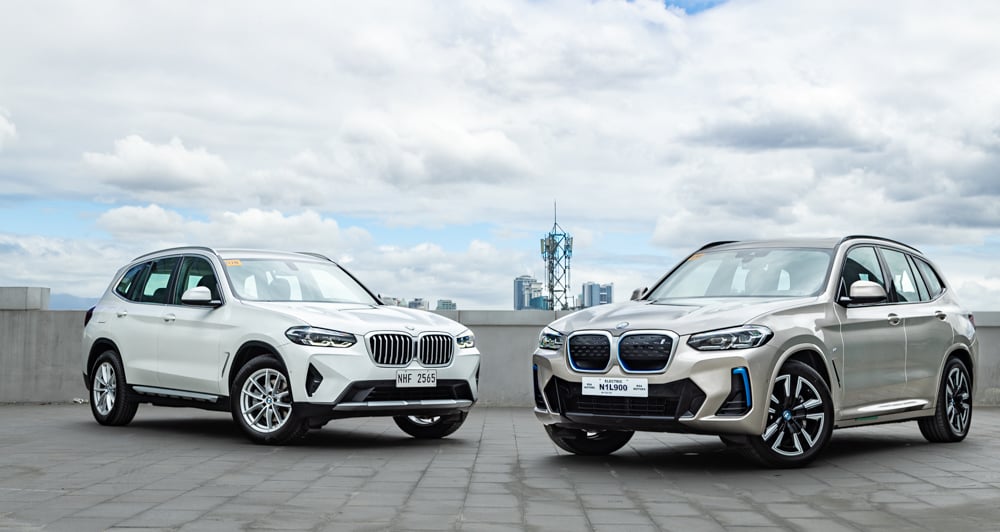
The electric revolution is undeniably underway with automakers launching electrified models left and right. But the big question is: Should you make the switch?
As consumers, the more options are made available to the market, the better for us. But as it stands, will an EV fit your lifestyle or are you better off sticking to an internal-combustion car for now?
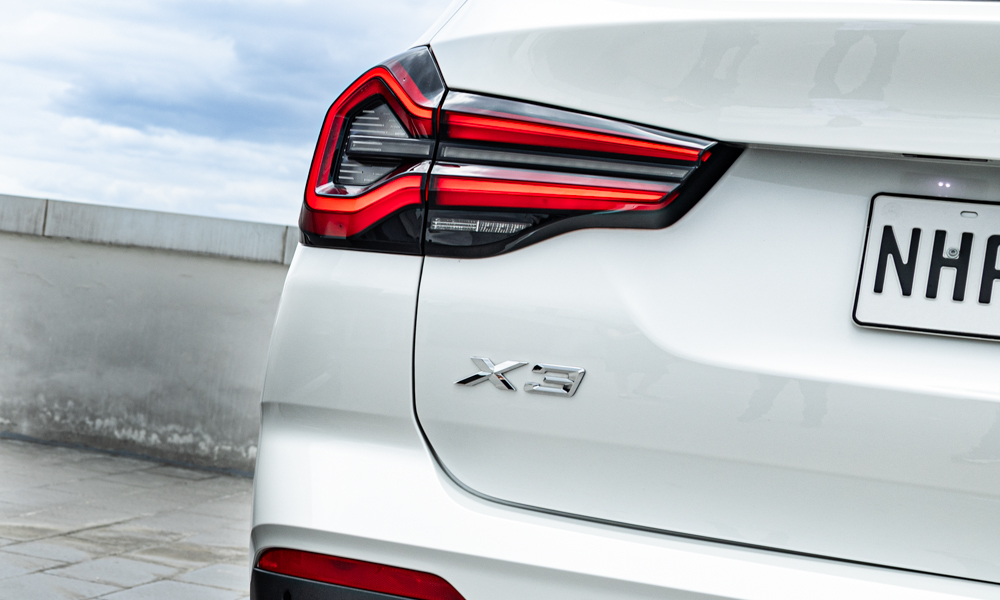
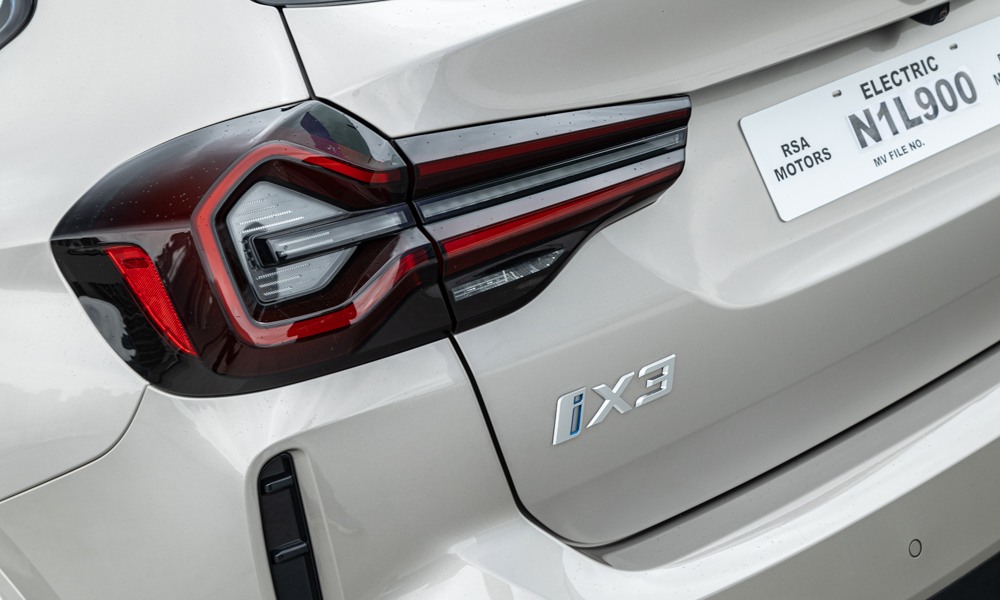
To answer that very question, we pitted our BMW X3 xDrive20d Business long-termer against its electric twin, the BMW iX3. These are two variants of the same car—the former with a trusty yet supposedly dirty diesel engine, and the latter with a lightning-fast electric motor.
At P4,190,000, the former is P800,000 cheaper than the latter, and that appears to be a steep price to pay for the electric version of what is essentially the same car.
But if you pay close attention, you’ll find that the iX3 is also the higher-spec variant. It’s an M Sport model, for one, which means it gets the M Sport aerodynamic package, bigger 19-inch wheels, and run-flat tires.
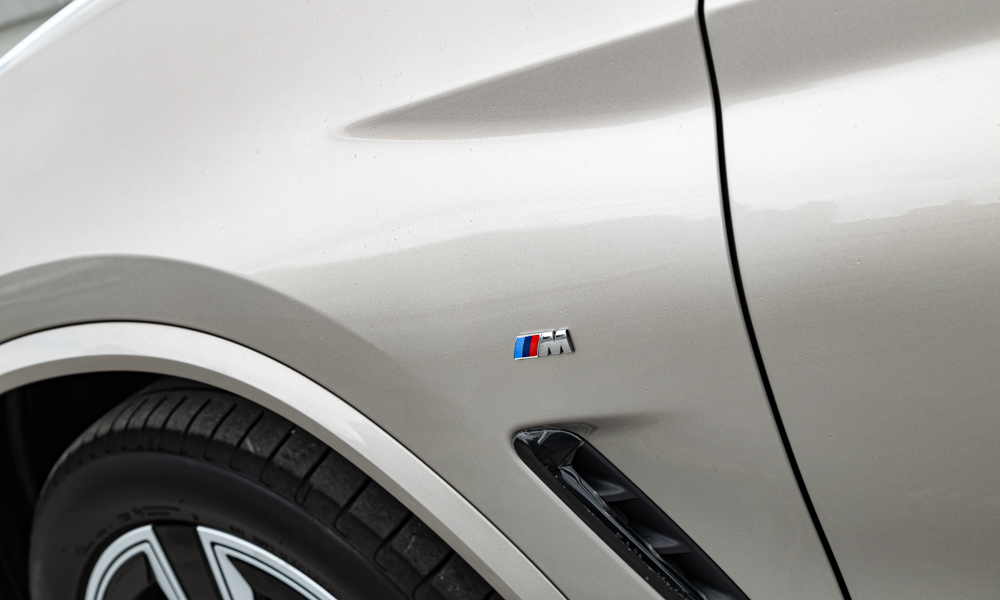
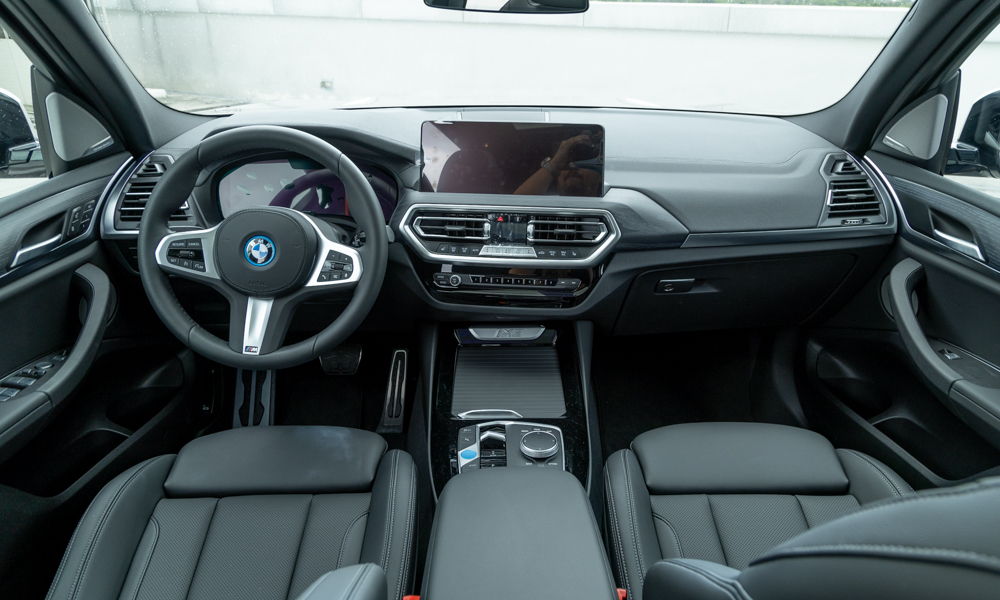
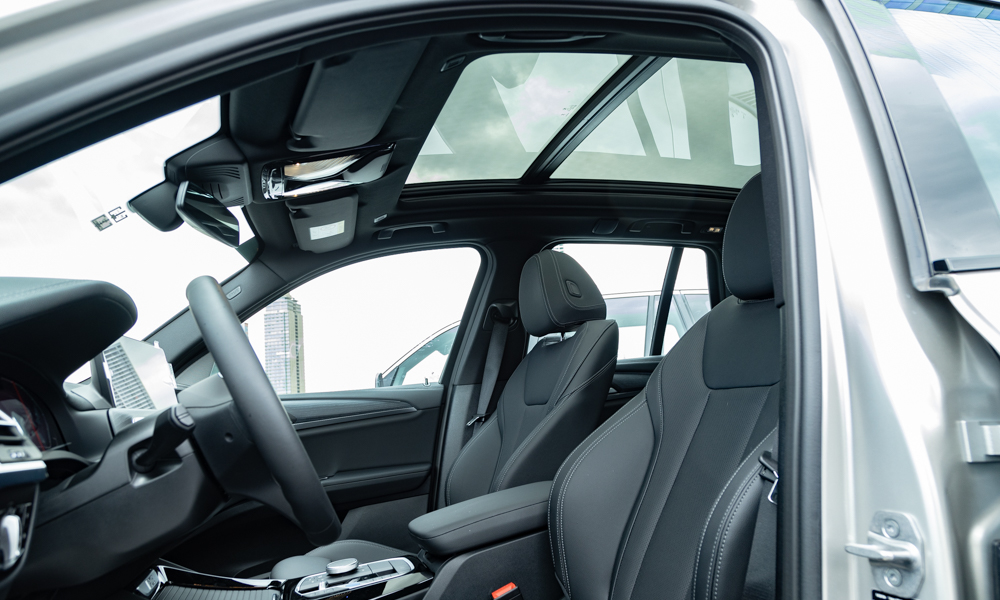
Beyond that, the iX3 also gets M adaptive suspension, an upgraded interior, and updated electronics.
So, in reality, the premium you have to pay for electrification alone is much smaller than it seems to be on the surface because you get a better-equipped car by going for the iX3.
And with that out of the way, which one you choose depends heavily on, well, you. Every single person has different needs and situations that require specific solutions, and EV ownership may be easier for some than it is for others.
Here are some of the things you should think about if you do find yourself choosing between an EV and an ICE vehicle.
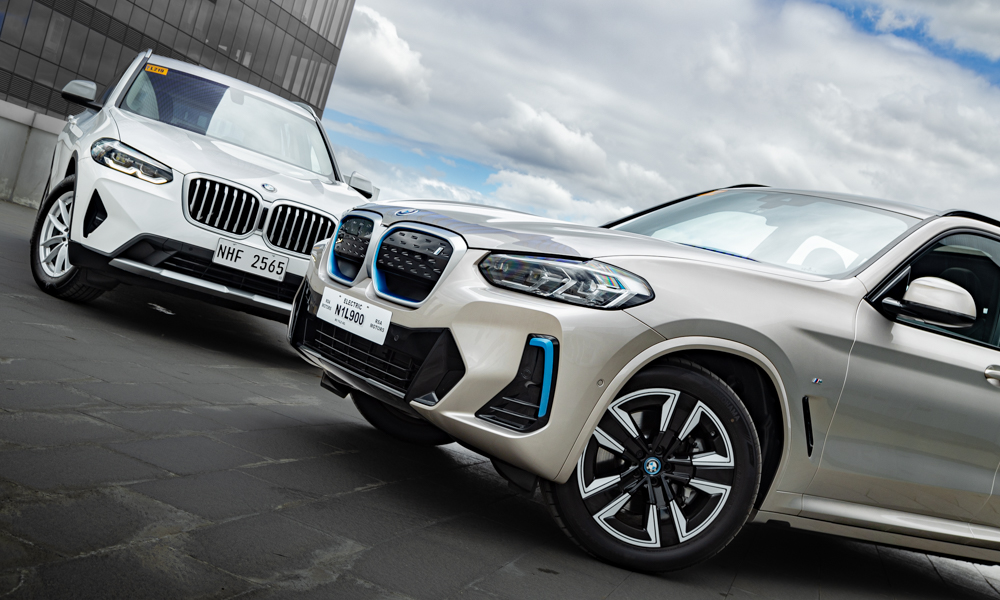
Where do you live? At-home charging is really what makes EV ownership work.
Given our current charging infrastructure, the ability to charge at home overnight is the only reliable way of making sure you have enough juice for your next trip. It’s also the cheapest and most convenient charging option out there.
The iX3 comes with a box charger included in the purchase price, but if you live in a place where the installation of a wall charger is not possible (such as in multi-dwelling apartment complexes with communal parking facilities, or condominiums where your designated parking slot does not have any electrical provisions), a free charger will be of no use.
Having to rely on the smattering of charging stations in and around the metro will become the bane of your EV ownership.
In this case, the X3 diesel is probably the more suitable option. You can find a gas station on almost every street corner, and it takes less than 10 minutes to get your fill.
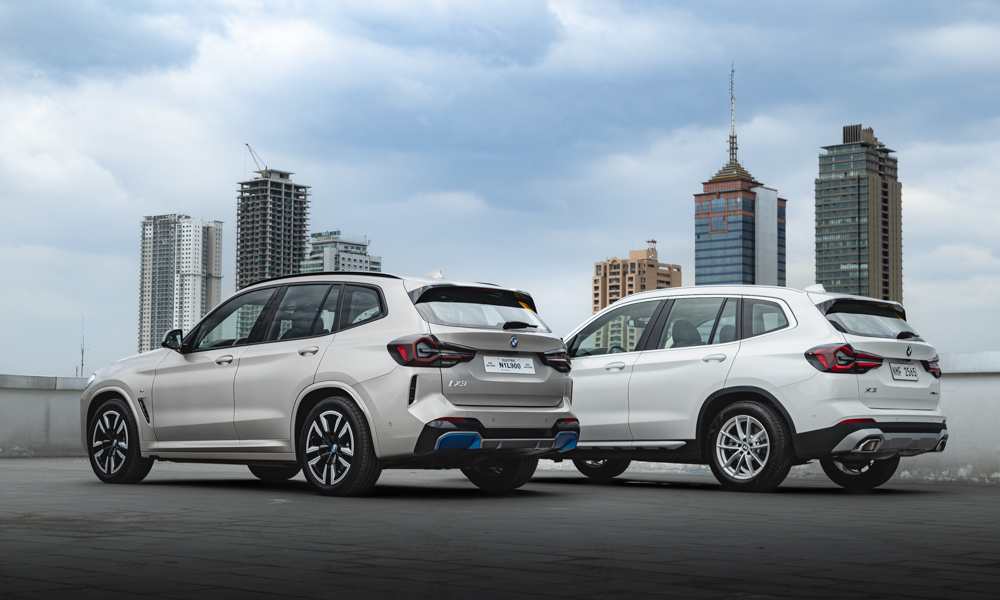
What’s your commute like? So long as you have access to a charger at home, the availability of charging stations doesn’t matter if you’re driving within the city.
In the case of the iX3 and its 460km range, you would have to drive from Fairview to Alabang six times over to deplete the battery. Though real-world testing only yielded about 350km, typical intracity commutes are still no issue on one charge.
Electricity is also much cheaper than diesel, especially at home which reduces the cost of driving to and from the office or picking the kids up from school.
However, if your occupation or lifestyle requires you to drive over 200km on one charge with frequency—or your job requires you to go to different places with unpredictable distances where the availability of a charging station is uncertain—then the X3 could fit your use case better.
Thanks to BMW’s Efficient Dynamics, the X3’s 2.0-liter diesel engine can drive over 600km in one fill of its 65L tank, and go for more after a quick stop at a gas station.
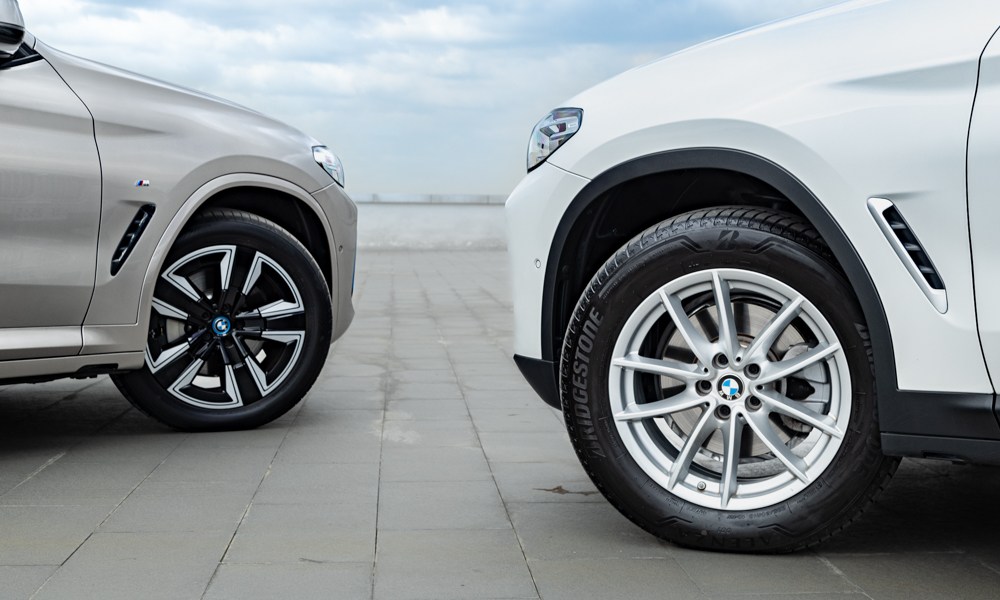
What do you plan to use it for? Again, given the right circumstances, city stuff is easy for an EV. Long-distance travel is a different story.
Say you plan a trip from Metro Manila to Punta Fuego in Batangas where there is no charging station nearby. The drive from Manila to Batangas and back is about 200km.
Yes, easily doable on a full charge of the iX3. But while you’re there, you plan to hit Tagaytay for the evening. That’s 120km back and forth. The next day, you visit the beaches around the area, find a cozy restaurant a few kilometers away, and explore the nearest town.
Then you get back to your hotel and realize that you have just enough range indicated on the dash to make the trip back home. But the wife suddenly sends you back into the town proper because you ran out of diapers for the baby. You now think twice about buying essentials because you might not have enough range left for the next day. What now?
Also, if you are a frequent highway traveler, know that, unlike fossil-fueled cars where highway cruising increases efficiency, range suffers greatly from sustaining highway speeds.
If you plan to tow a jet ski, load a roof rack, or haul a bike rack onto your iX3, expect your range to be lower than normal.
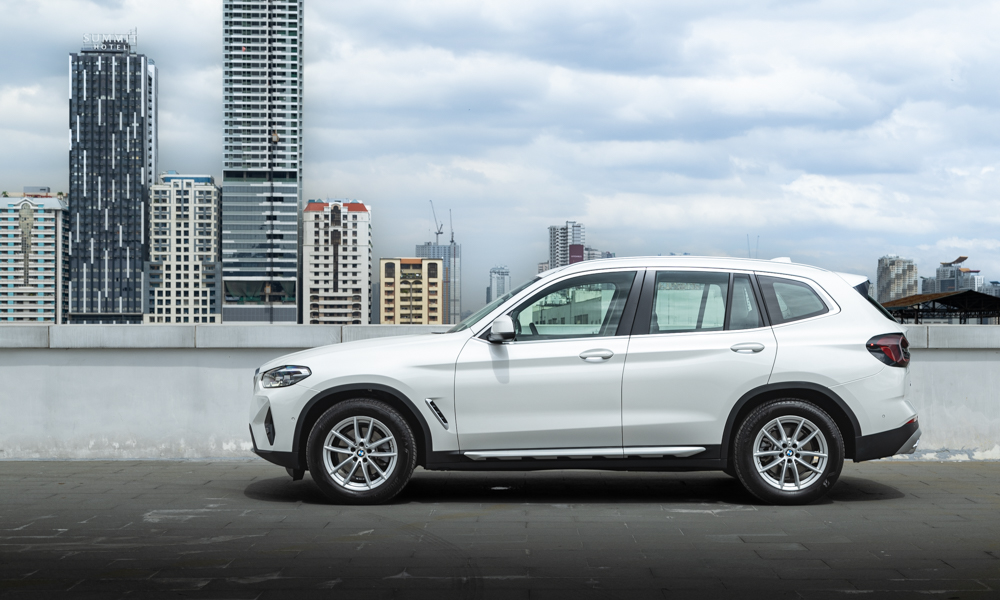
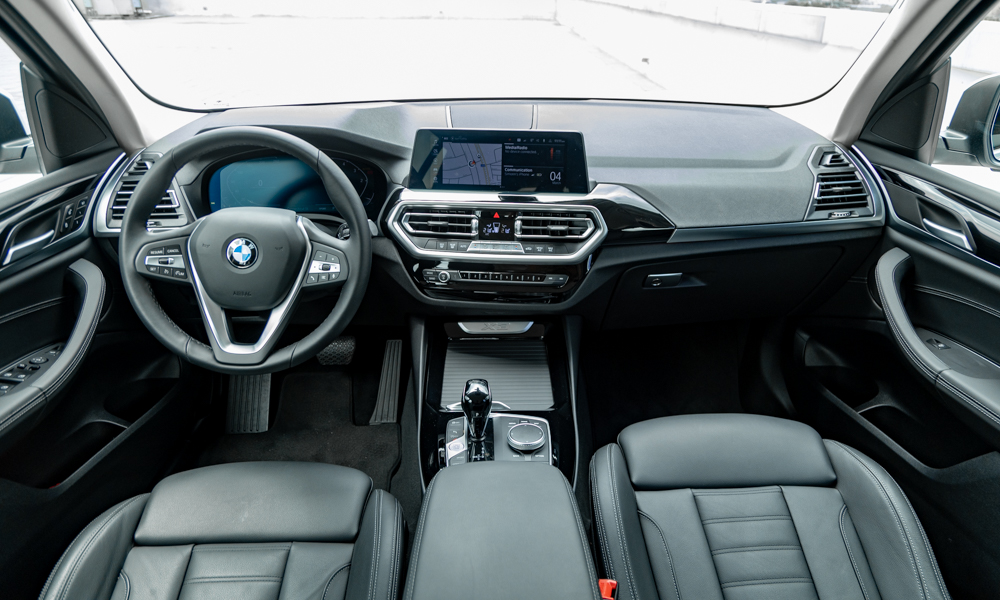
As much as I love petrol power, I strongly believe that electric cars are superior to internal-combustion vehicles when it comes to the mundane task of getting around.
Compared to the X3 diesel, the iX3 is cheaper to charge (at home), cheaper to maintain, smoother, and quicker from stoplight to stoplight making it a great daily companion for commuting.
But it must be said that committing to an EV in today’s world includes plenty of sacrifice. It involves a few compromises, much planning, and a lot of patience. It’s not always going to be easy or convenient. And it’s not because of range. Range anxiety is a thing of the past—a myth at this point.
What really ought to bother you is charging anxiety. Most electric vehicles these days have about 350-400km of range, but the reality is that you can only go as far as the next charging station.
People like to say that after two shakes and a burger, you’re done charging. But it doesn’t always play out that way. Sometimes you just don’t have 30 or 40 minutes to spare.
Most destinations like Tagaytay and La Union now have charging stations, but what if it’s full or there’s a line to charge? Are you willing to derail your whole itinerary just to plug in? Probably not.
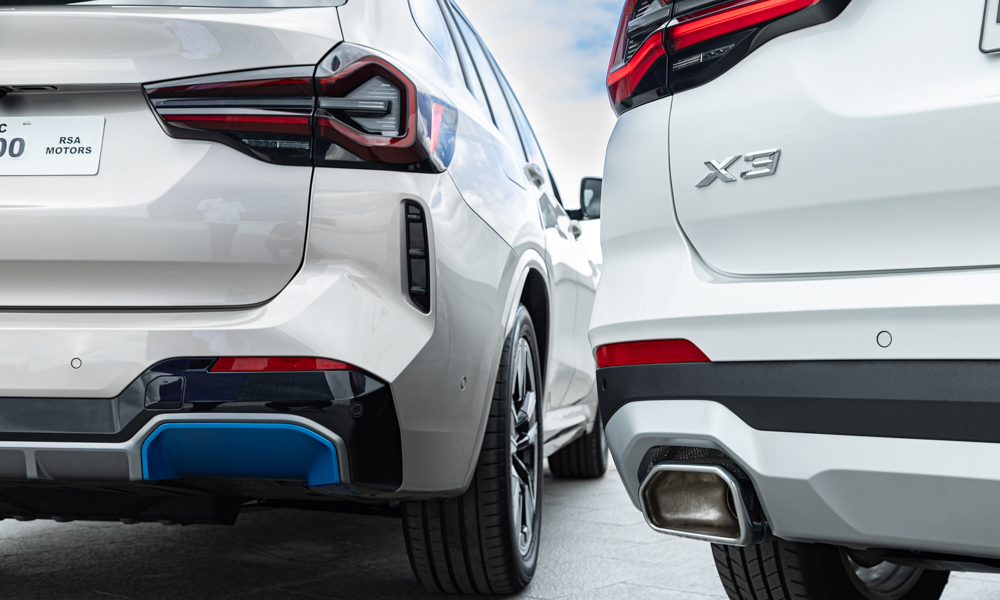
None of these concerns exist when driving a diesel X3 or any fuel-burning vehicle. You don’t have to give travel distance any second thought.
You don’t need to plan fuel stops. It gives you absolute freedom to enjoy your road trip and to do what needs to be done. That’s what you get given that the technology has had a hundred-year head start.
In an ideal world, you would own both of these cars. The iX3 is for getting around town and the occasional trip to the extremities of the Greater Manila Area, and the X3 is for when you can’t afford to be bothered by charging.
I’m no environmental expert, so I won’t touch on which one is greener. But practically speaking, we don’t have to pick one side and criminalize the other. Both have pros and cons, and they each have their place in society. Right now, it’s just a matter of what works for you.


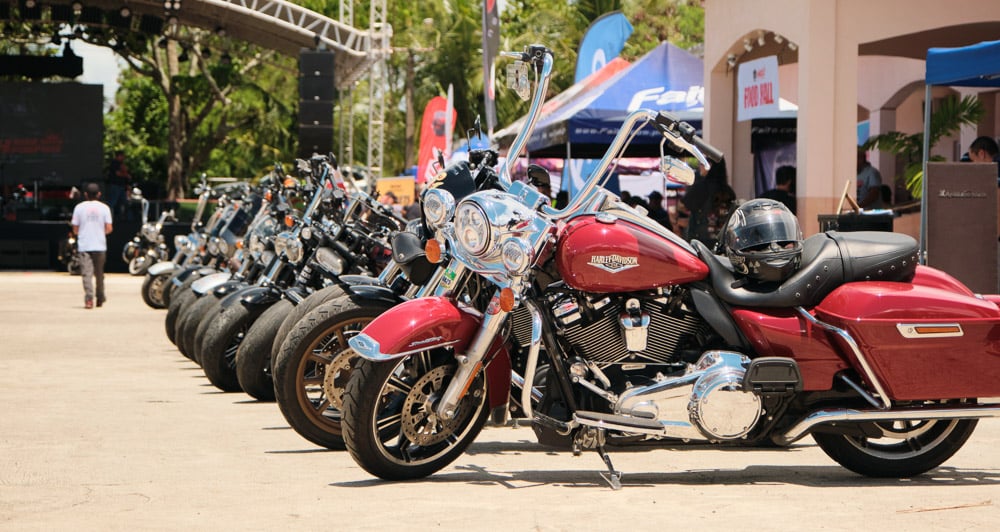

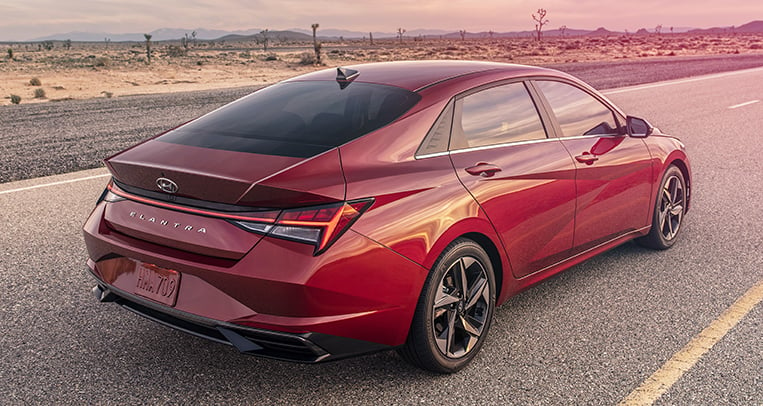
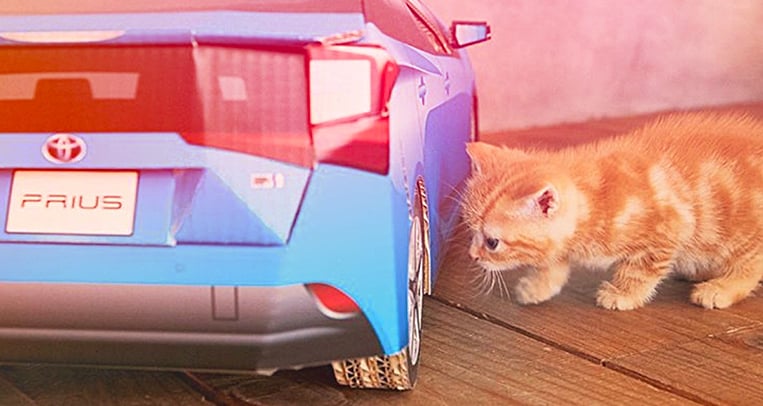



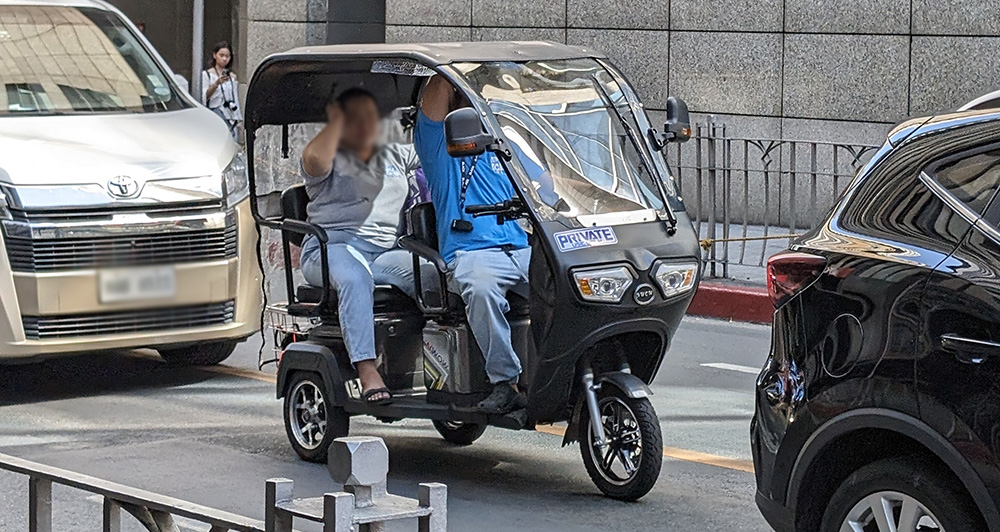

Comments